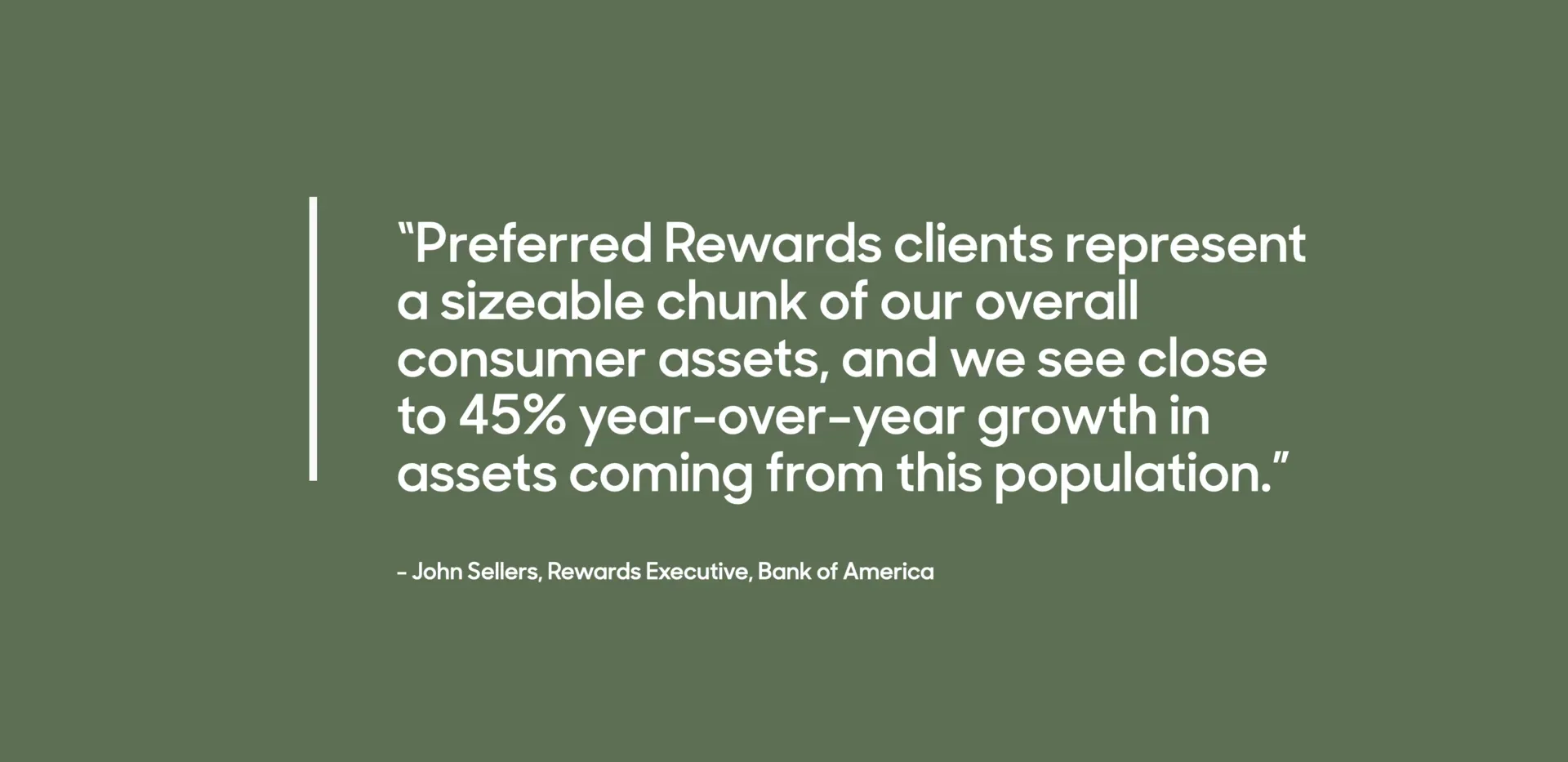10 Types of Loyalty Programs
Best customer loyalty program examples
- Marriott
- DSW
- Ben & Jerry’s
- Azerbaijan Airlines
- Starbucks
- Grubhub
- Dirty Lemon
- Sephora
- Freshly
- DoorDash
- Bank of America
1. Points programs (Marriott)
Points programs are among the most popular types of customer loyalty programs. They're useful because points are easy to earn and easy to redeem. Customers can redeem points for credit toward their next purchase, discounted services or giveaways. Customers can track points programs with a loyalty card, online account or mobile app. Because so many brands employ a points program, it's an easily recognisable format for customers. They understand how to take advantage of them, and it's a seamless experience. For example, Marriott has a popular customer loyalty rewards program called Marriott Bonvoy Benefits. Travelers can redeem points for free hotel nights, dining and other experiences. They can also earn points with car rentals and flights, share points with friends and family, and get free Wi-Fi and special rates. Personalization has been vital in driving Marriott's increased brand loyalty. The benefit of rewarding customers using a points-based system is that it allows Marriott to analyse customer behaviour and use that customer data to create a better experience tailored to each customer. The more they know about their customers' preferences, the more the company can offer personalised rewards.
2. Tier-based programs (DSW)
A tiered program starts with a points program that allows customers to earn rewards with every purchase. Tier programs are like video games. Once you complete one level of spending, customers can unlock a new level that gives them access to more significant benefits and more perks.
Tiered programs can also align with your brand marketing strategy. To create an element of exclusivity, you could have a tier of “diamond level” clients. Customers at this level could earn exclusive pricing for your most expensive products and services. This will motivate your customers in lower tiers to make an effort to get to the next level of spending. The more exclusive the reward, the greater the customer appeal. DSW, the popular shoe retail outlet, announced its VIP customer loyalty tier program for Canadian customers in 2019. Tiers were designed based on customer buying behaviour and include rewards like free shipping and extra points for donating unwanted shoes.
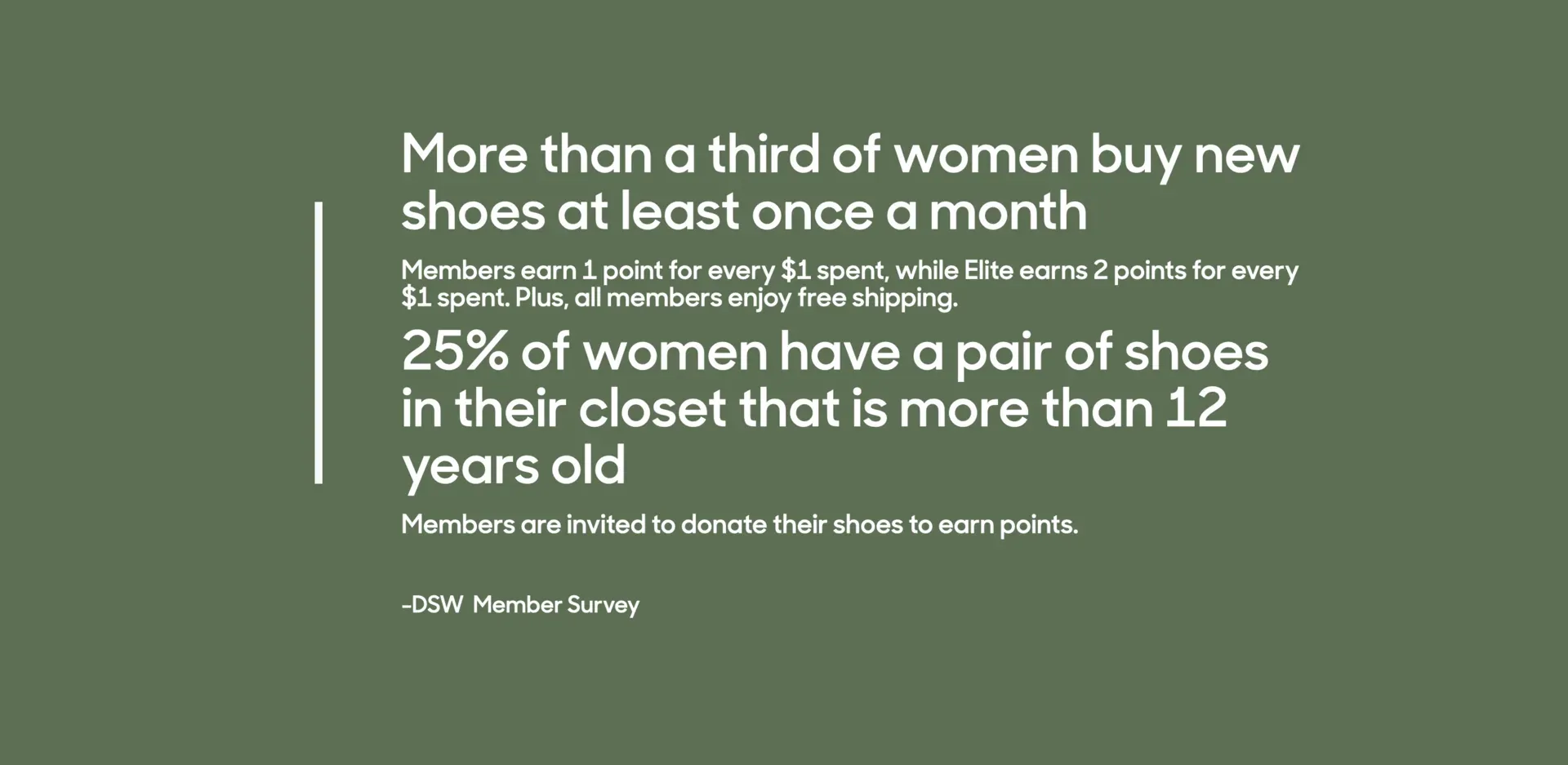
The benefit to adding a tiered rewards customer loyalty program to a points program is that it offers a structure that customers can rely on for months or even years at a time. It gives them something to strive for.
3. Mission-driven programs (Ben & Jerry’s)
Not all rewards programs focus on tiers and discount codes. If your company has a strong social mission, then you may want to try a customer loyalty program with a cause.
Aligning with a mission or cause allows you to build customer engagement and drive repeat purchases through your shared values. These programs can be more effective when you partner with a non-profit organisation with a strong connection to the company’s mission. Ben & Jerry’s creates social justice-themed ice cream flavours and donates sales to charities that support animals, the environment, social programs and other causes.
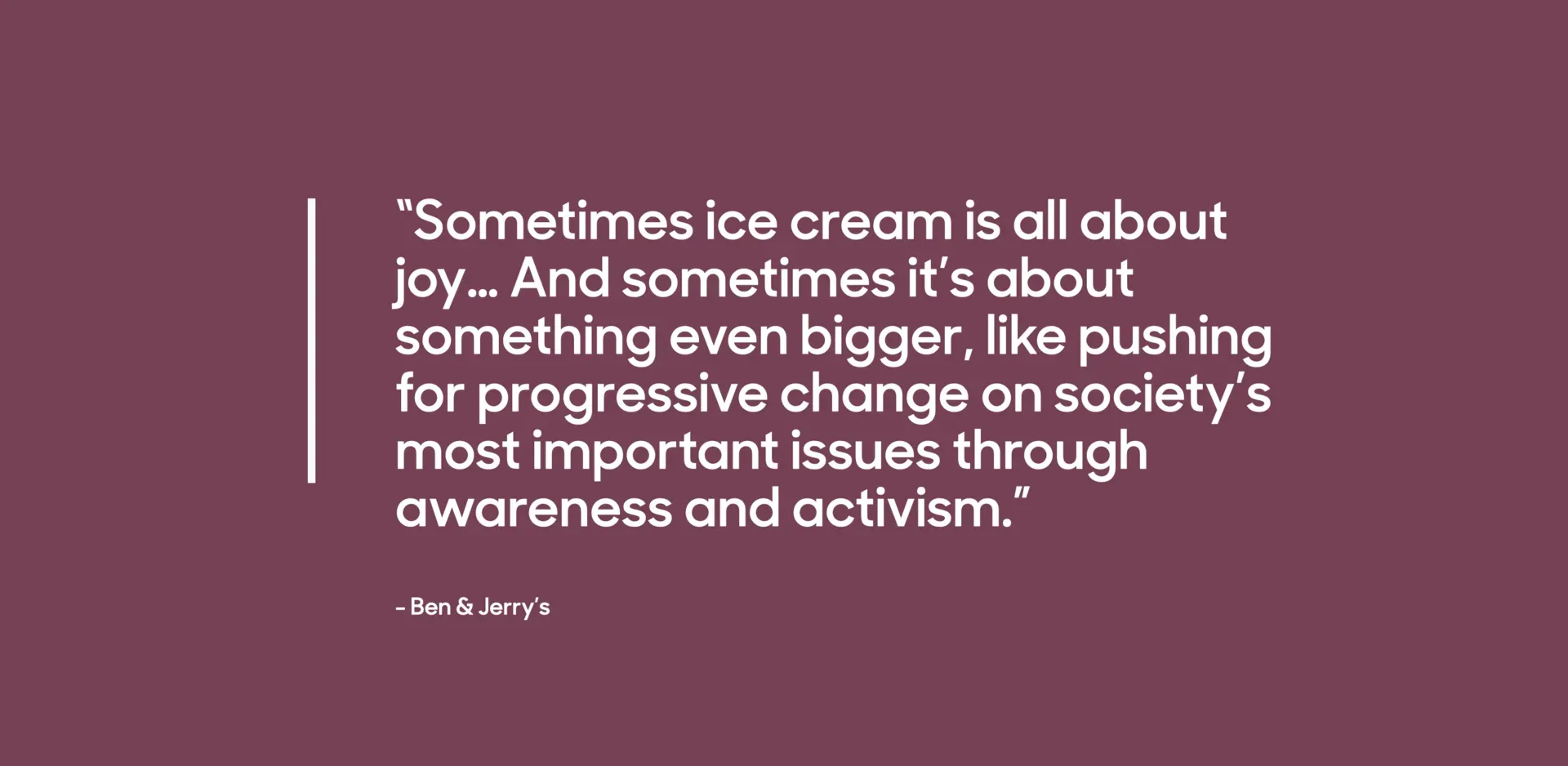
Quote source A mission-driven customer loyalty program allows customers to feel like their purchase, whether big or small, helps improve others' lives. Before you start this type of program, make sure your company values and mission are aligned. Then, identify organisations or causes that would resonate with your customer base.
4. Spend-based programs (Azerbaijan Airlines)
We've already discussed loyalty campaigns that offer points to customers for every purchase they make. But how do you reward those customers who are spending more money in a shorter period? How do you encourage those customers to continue spending their money with you as opposed to going elsewhere? Spend-based customer rewards programs allow companies to recognise high-spend customers. Airlines, in particular, are transitioning from the points programs to spend-based systems. It allows them to engage deeper with frequent fliers who pay more for fewer flights. Azerbaijan Airlines rewards frequent flyers with travel points based on each ticket's base fare.
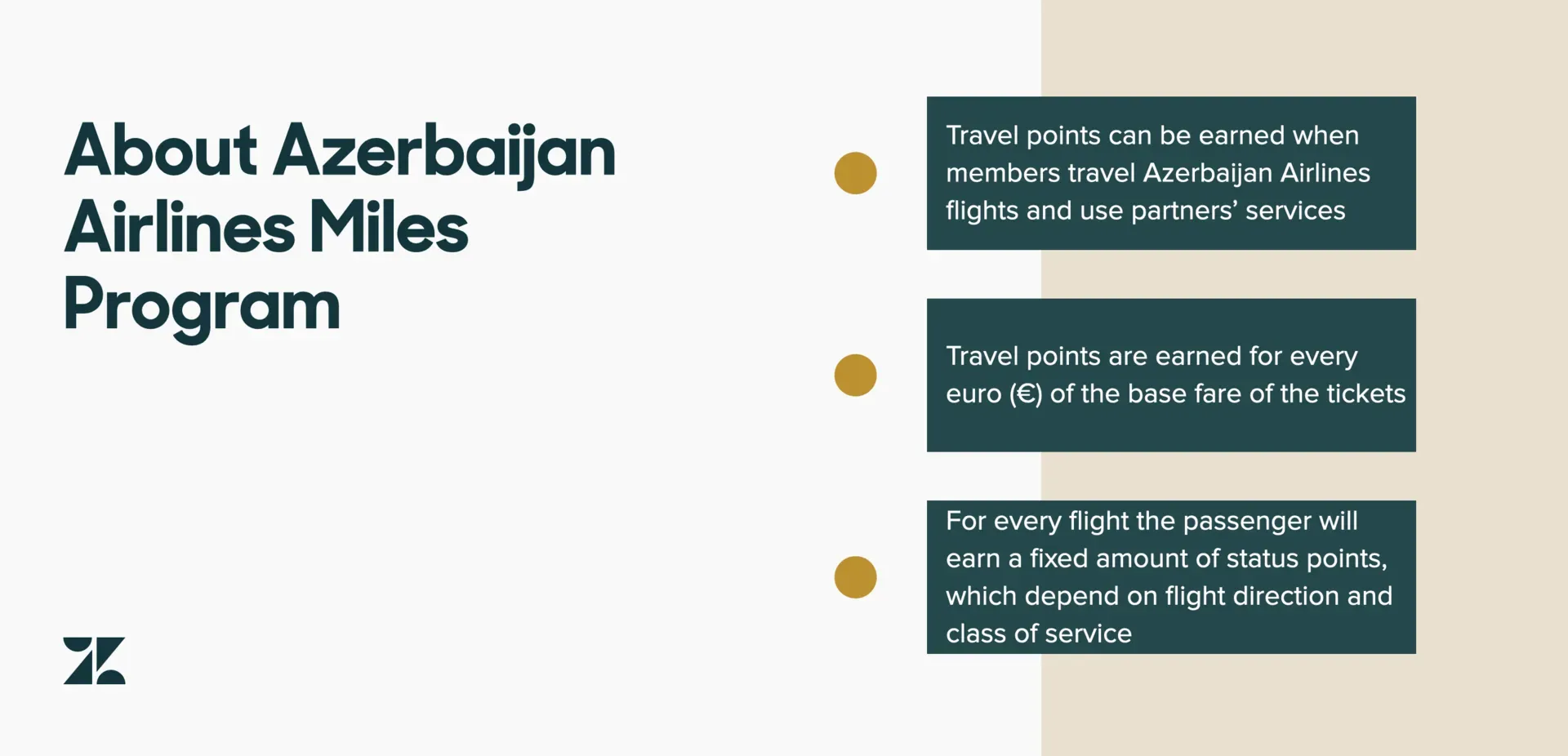
Those travellers who reach elite status sooner get perks like complimentary lounge access, early boarding and additional checked baggage allowances.
This kind of program benefits business travelers who pay more money for last-minute flights to their next meeting or scheduled events. It recognises both how often customers buy and how much they spend.
5. Gaming programs (Starbucks)
Gaming programs introduce an element of fun into the mundane task of making a purchase. Let’s look at Starbucks as a great example of a customer loyalty program based on gamification.
Starbucks switched from a simple points program to a gamified approach in 2016. In addition to these changes, Starbucks recently announced new features to incentivise occasional customers to become frequent customers.
Prior to these changes, all customers were rewarded with one point for every purchase, regardless of how much money was spent. The challenge was that the customer who purchased a grande iced vanilla latte and a slice of pumpkin loaf earned the same reward as someone who only ordered a tall cappuccino. With the gaming system, customers earn two “stars” for every dollar spent, rewarding those who spend more money during shorter periods. However, it doesn't stop with stars. The newly introduced tier component expands the points program, allowing customers to redeem their stars for other items beyond just cups of coffee, like an extra espresso shot or even select merchandise.
Customers play the game on a mobile app, which Starbucks also uses to notify customers of opportunities to earn extra points. Gamified loyalty programs encourage future purchases by making make the points process more fun and keeping customers hooked.
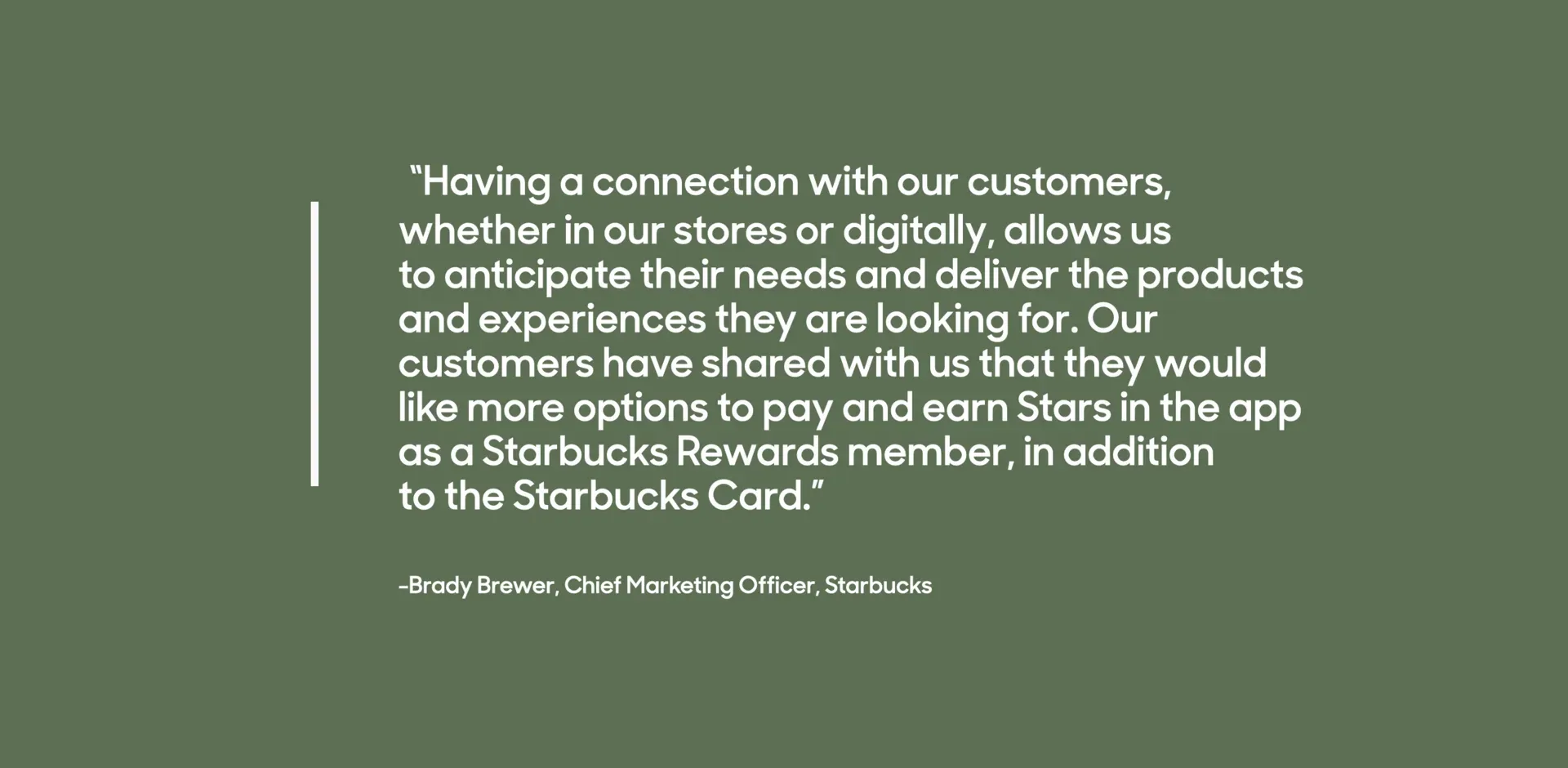
6. Free perks programs (Grubhub)
Who doesn't love gifts? Free perks programs gift loyal customers free products and services. Grubhub's loyalty program allows customers to redeem ongoing offers, which can total more than $400 in free food at any given time. In doing so, the program also helps its restaurant partners promote their restaurants on the app by introducing customers to places they haven't tried.
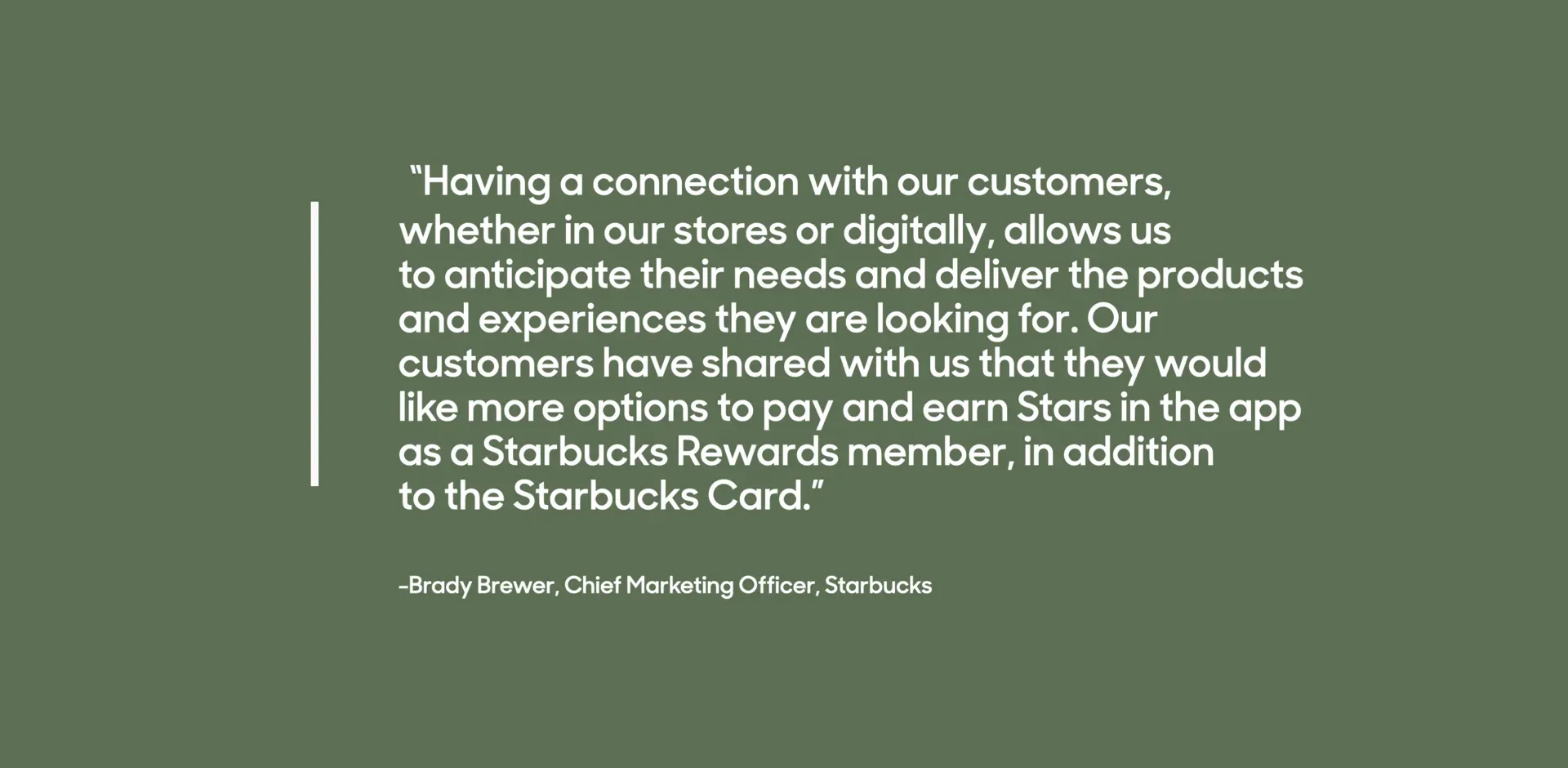
7. Subscription programs (Dirty Lemon)
Amazon Prime is the holy-grail of subscription-based customer loyalty programs. But you don't have to be a tech giant to implement this kind of rewards model. Dirty Lemon, an e-commerce start-up specialising in lemonade with a kick, gives subscribers a discount—everyone else has to pay full price for their charcoal lemonade.
8. Community programs (Sephora)
Sephora's Beauty Insider program gives customers a choice of gifts based on a points system. But it also offers something unique: an online community. The Beauty Insider Community is an online community where the beauty-obsessed and beauty newbies alike can ask questions, share their looks and swap tips. Experiential rewards like Sephora's online community adds an emotional element and strengthens customers' relationship with the brand.
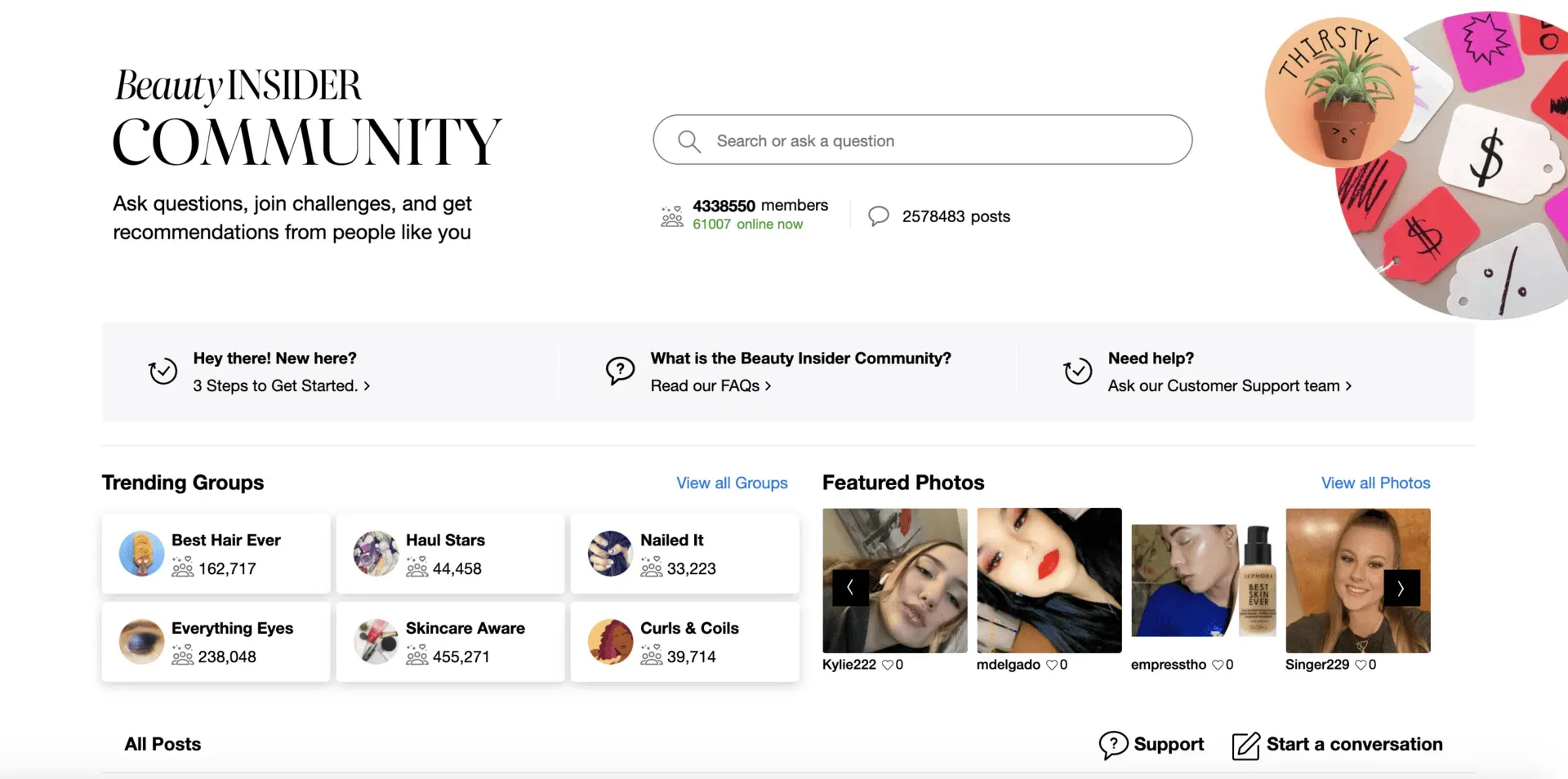
9. Refer a friend programs (Freshly)
Referral programs are a type of customer rewards that reward customers for referring their friends and family. They help turn loyal customers into brand advocates. Freshly's referral program gives an existing customer a $40 discount for every new customer they refer, and that friend gets $40 off, too.
10. Paid programs (DoorDash)
A paid loyalty program requires customers to pay a fee for loyalty perks. DoorDash customers can become DashPass members for a small monthly fee. In exchange, they get free delivery for a wide range of restaurants, so customers that use the app often ultimately save on orders. The takeaway? Paid customer loyalty programs only work when the value outweighs the cost.
11. Cashback programs (Bank of America)
The most successful loyalty programs make customers feel like they are getting something in return. Cashback rewards give customers cashback or money to spend with the business. This type of loyalty program is popular for financial companies. But Gap also gives customers Gap Cash to spend at the store or online. Bank of America's Preferred Rewards gives customers cashback rewards when they spend money in the category of their choice and use their debit or credit card at national retailers, restaurants and other companies. According to John Sellers, Rewards Executive at Bank of America, some of the benefits of the program include:
- Higher customer satisfaction: eight out of ten program participants are likely to recommend Bank of America to friends and family
- Greater customer retention
- More profitable customers evident in increased customer spend
